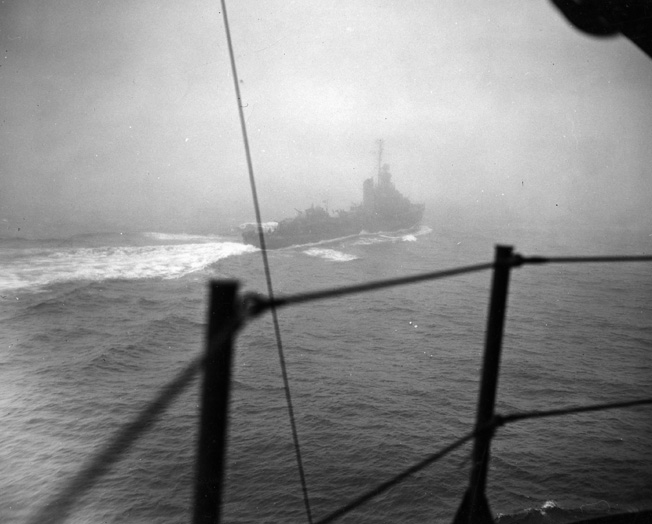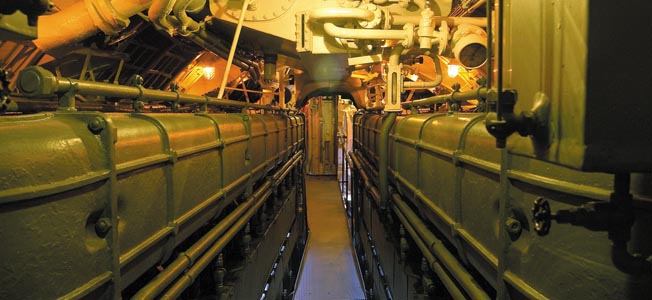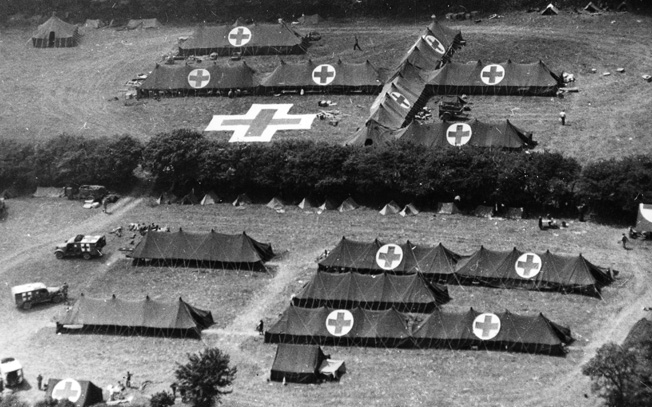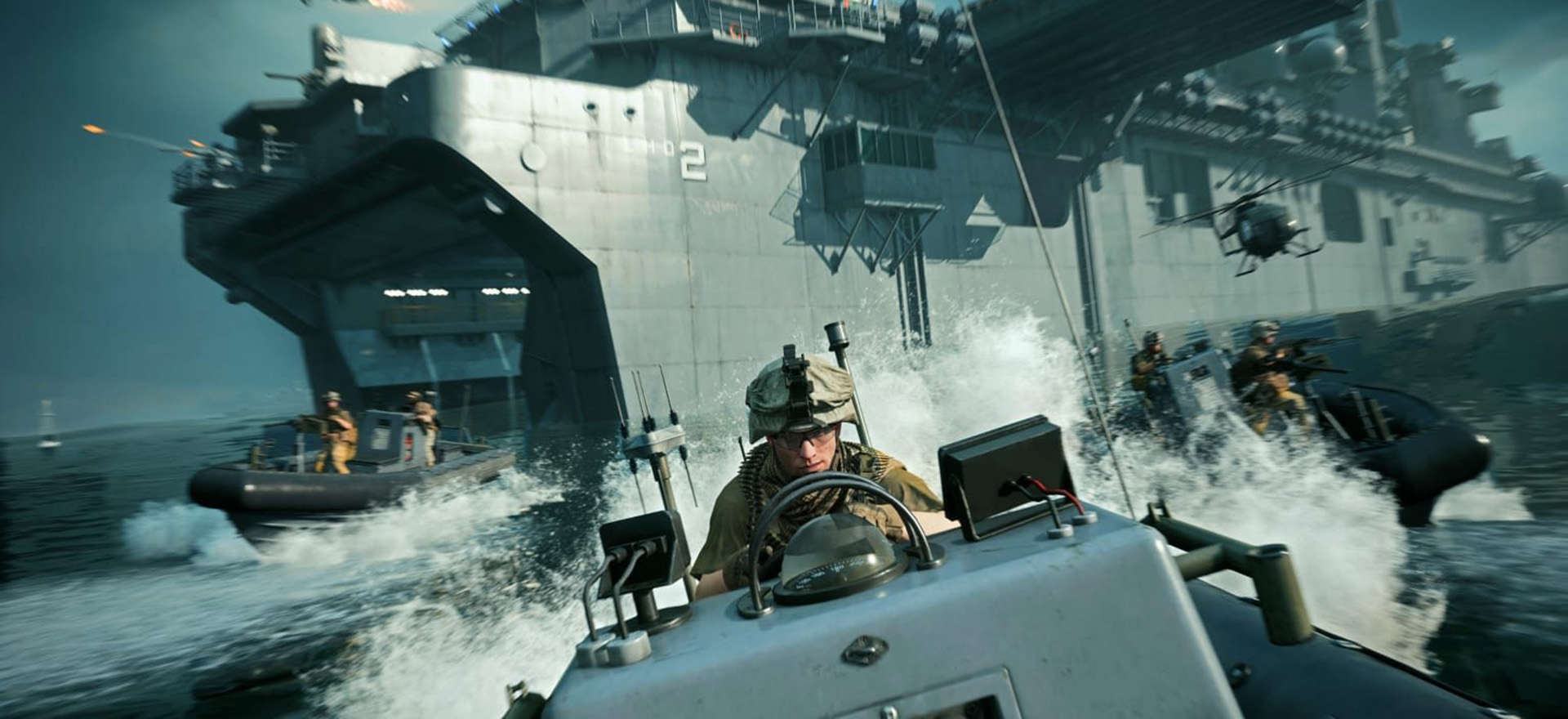A New York Times article revealed the sorry state of a historic World War II submarine stuck in the Hackensack River. The 312-foot, 2,500-ton old boat has been the charge of New Jersey Naval Museum, which has been closed since Hurricane Sandy in 2012. The small museum, run by the Submarine Memorial Association, consisted of a trailer on the property of the former headquarters of The Record, a newspaper owned by the Borg family, which provided the museum’s lease for the price of $1 a year.
When The Record was bought by the Gannett newspaper chain last year, the Borg family ended this generous lease with the intent to redevelop the property. The conclusion of the lease has put the fate of the submarine in limbo. The submarine lies neither on the lease property nor the city property. Because of this, neither the city nor the Borg family seem to have any desire to take financial responsibility for moving the submarine. Legally, the submarine belongs to the museum, however the museum doesn’t have any funding for a massive relocation project. A GoFundMe set up by the Submarine Memorial Association to save the boat fell dramatically short, having collected only $25.
The Story of the USS Ling
The USS Ling never saw combat in World War II. Commissioned on June 8, 1945, the Ling was quickly decommissioned in October 1946 and entered reserve duty. In 1972, the Ling was donated to the Submarine Memorial Association, which restored the vessel and moved it up the Hackensack River to the New Jersey Naval Museum in January 1973.
While never serving in combat itself, the USS Ling represents one of the last surviving Balao-class submarines in the United States. The Balao-class replaced the famed Gato-class submarine, the first mass-produced American submarine class in World War II. 120 Balaos were produced and many saw action, including, notably, the USS Tang and the USS Archerfish. The Tang, captained by Medal of Honor recipient Richard O’Kane, was the most successful submarine of the war, with 31 official sinkings for a total of 227,800 tons of shipping. It would be sunk on October 24, 1944 by its own torpedo. The Archerfish sank the Japanese aircraft carrier Shinano, the largest warship in history to be sunk by a submarine.
There are seven other Balao-class submarines currently on display as museum pieces: Batfish, Becuna, Bowfin, Clamafore, Lionfish, Pampanito, and Razorback.
A Complex Engineering Problem
Removing the USS Ling from the banks of the Hackensack would be an expensive engineering feat, as the publication North Jersey describes. First, the submarine, which may be silted in place, would need to be pried from the banks. Then there’s the matter of the river’s low waterline. The submarine requires a waterline of 17 feet to move downriver, however the current waterline only rests at 10 feet. The daunting task of moving it by water has led some to look at the possibility of dismantling the Ling and reassembling it elsewhere. But Bill Sheehan, executive director of Hackensack Riverkeeper, has expressed doubts about the ability to put the old boat back together once dismantled. Quoted by North Jersey, Sheehan said “This thing has never been in dry dock… Since it was put here in the 1970s, no one has done any maintenance on it.”
Not Just a Boat For New Jersey Residents
In December 2016, the North Jersey editorial board made a plea to the city, the state, and the Borg family to preserve the USS Ling, which, over the years, has become an icon on the Hackensack River.
“None of these entities are legally responsible to preserve the Ling, but collectively they have a moral obligation to try to save it.
The Ling is near and dear to us. For many years, that was literally true. The Ling has long been a part of the Hackensack waterfront, having been anchored off the riverbank for more than 40 years behind the former headquarters of The Record and the North Jersey Media Group, which was sold to Gannett in July.”
Unfortunately, with no funding from the museum and limited support from the city, the state, or the Borg family, the Ling remains eroding in its purgatory in the mud of the Hackensack River.
Photo Credit: Official U.S. Navy photo 19-N-85741 from the U.S. Navy Naval History and Heritage Command









Join The Conversation
Comments
View All Comments